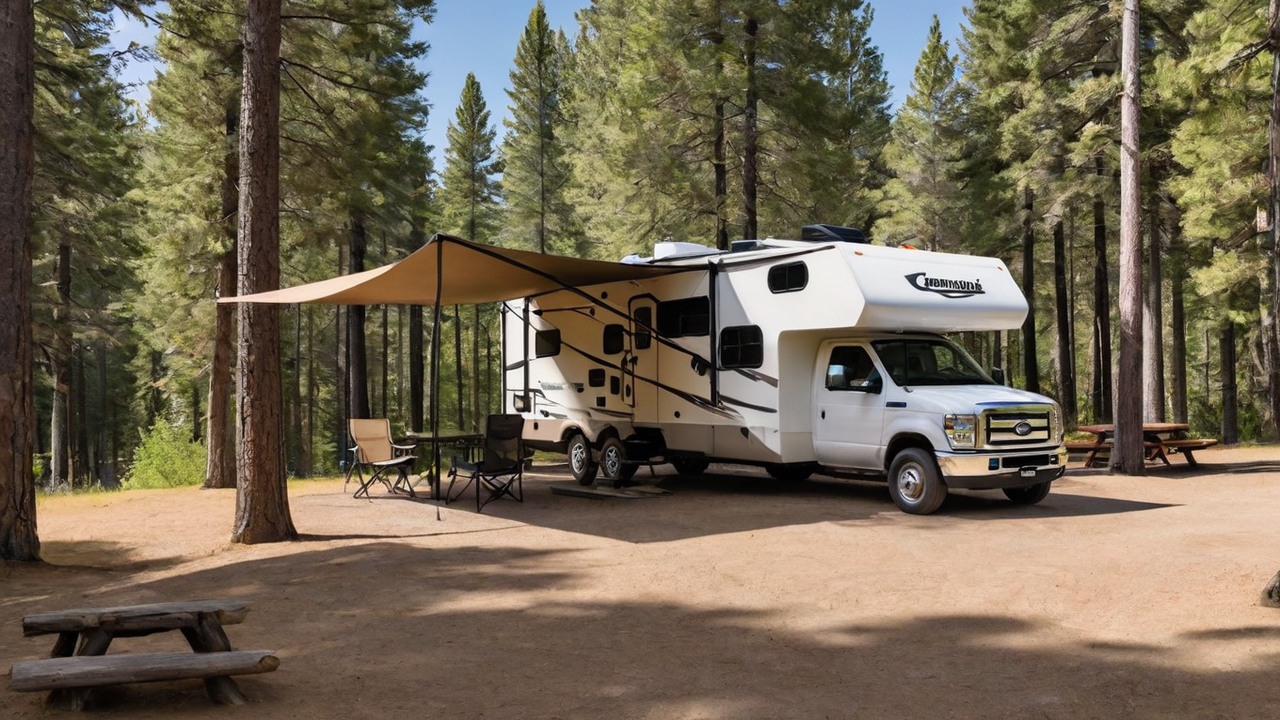Creating an Optimal User's Experience: Design Guidelines for Camping Software

Comprehending Your Users
Knowing which your intended audience are essential in crafting an efficient user experience. It's crucial to consider your needs, likes, and tech competence. This understanding directs every design choice, ensuring that your software becomes user-friendly and easy to use.
Understanding the audience likewise means recognizing their challenges and the way they plan to utilize the camping software. This allows designers to tailor functions and functionalities that address specific requirements, making your software not only helpful but also indispensable.
Streamlining the Navigation
Streamlining your navigation can be one major aspect of interface design. An intuitive menu system ensures users can readily find what they're searching for, reducing frustration and enhancing user satisfaction. It's about the experience within the app as seamless as possible.
Furthermore, effective navigation guides users throughout your software, emphasizing features and tools that they might otherwise miss. Such an strategy not only boosts usability but also encourages deeper interaction with the campground software's full array of capabilities.
Integrating High Quality Visuals
Graphics have a vital role in making a engaging user interface. Visuals help in breaking up monotony and can demonstrate features more clearly than description alone. Choosing the correct graphics, icons, and color schemes can greatly enhance the appearance of the software, thereby making it more appealing to your users.
Furthermore, a consistent visual style is essential for building a strong brand identity and trustworthiness among users. Every element should be in sync with your brand's ethos and the overall mission of the software, resulting in a seamless user experience that feels both polished and inviting.
Enhancing Responsiveness
In today's tech world, users expect campground programs to be fully responsive on all devices, from desktop computers to mobile phones. A adaptive interface makes sure that no matter of the device size, the application provides an optimal experience. It not only improves accessibility but also caters directly to your audience's mobile lifestyle.
Furthermore, improving your software’s responsiveness can lead in improved speed, minimizing load times and preventing frustration. Visitors value a speedy and efficient experience when using camping applications, making performance a crucial element in satisfaction levels.
Enhancing the Search
Finding data swiftly is fundamental in any kind of software, especially in campground management. Optimizing your search feature permits visitors to easily find what they're searching for, which in turn boosts their experience and efficiency. By intelligent search features, you can decrease the frustration and improve overall satisfaction.
Moreover, sophisticated search options such as filtering options and tagging can aid in narrowing down search results, making the process even efficient. Implementing these features demonstrates a understanding of your user’s needs and an effort to enhancing their experience with the campground software as smooth and productive as possible.
Prioritizing Security
Security must be non-negotiable when coming to developing campground programs. Your users expect to be secure when providing their private data. Ensuring robust security measures not only protects the data but also builds trust between the user and the brand.
Beyond basic security features like passwords and encryption, it's important to consider implementing additional options such as two-factor authentication or biometric security logins. Such measures provide additional layers of protection, further ensuring that customer information is held secure from unwanted access.
Utilizing Feedback
Listening to feedback is crucial for continuous enhancement of any campground program. It enables the developers to grasp what works, what doesn’t, and how the software can be improved to meet user needs. This type of feedback builds a partnership between your customers and your development team, which makes them feel they are part of the product's journey.
Using this feedback into account can result in tangible enhancements in user interface design and overall user experience. Implementing changes based on user input proves that your brand cares about its users and is committed to providing a high-quality experience.
Keeping the Simplicity
Among design, simplicity is key. A unnecessarily complex UI can confuse users, leading in a negative UX. Keeping things simple, on the other hand, makes the software easier to understand and navigate. It promotes more engagement and satisfaction.
Furthermore, maintaining the simplicity should also apply to the content and functionality. Avoiding unneeded features that don’t add real value can help ensure that your interface remains clean and campground management software focuses on meeting the core needs of your end-users. By doing so, you create a more effective UX that resonates with your target audience.